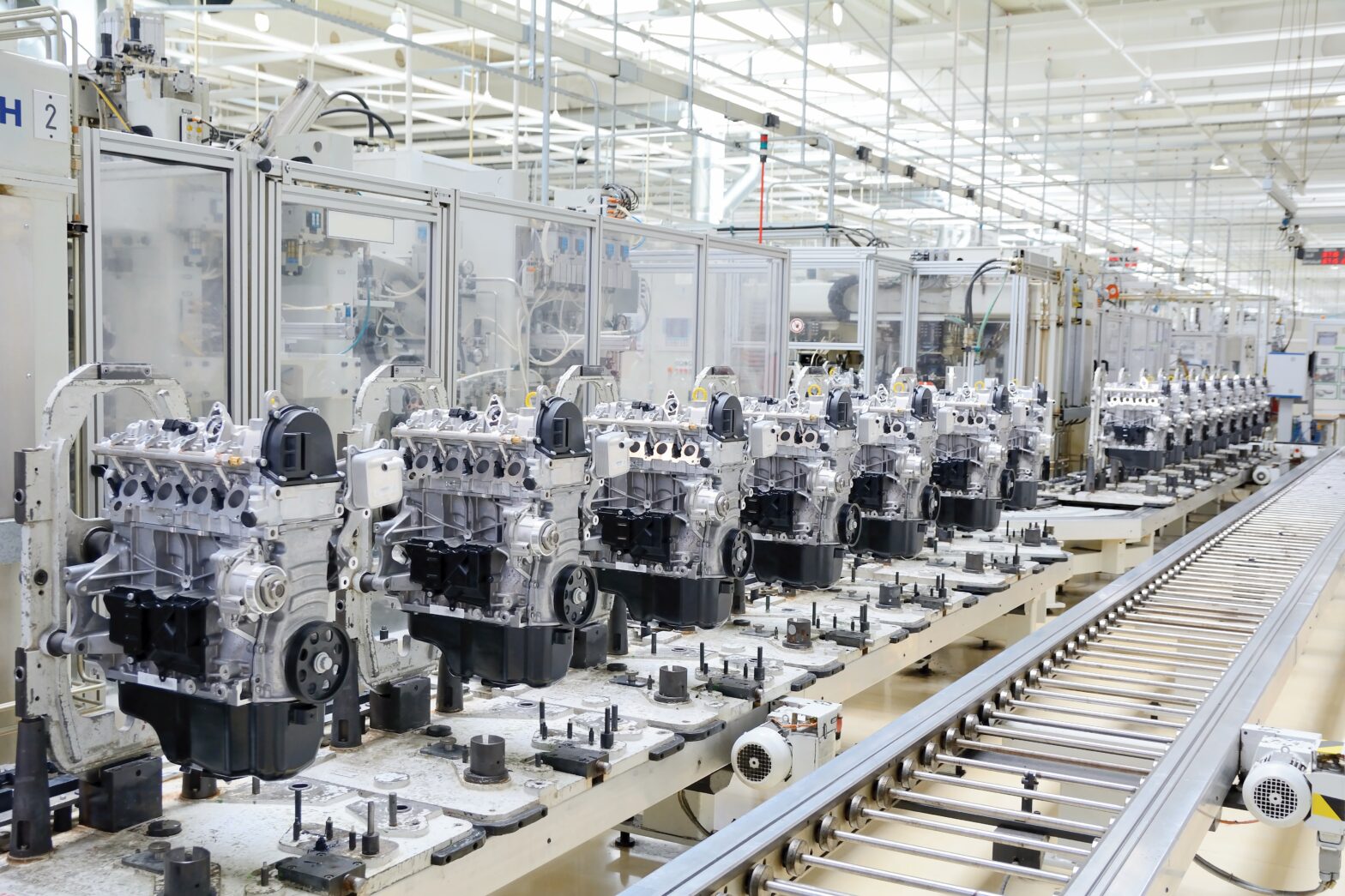Toward the end of 2016, nearly half of manufacturing executives surveyed by EEF, the manufacturers’ organisation, indicated that they thought they’d be in for a “bumpy ride” during 2017. According to the organisation’s CEO, Terry Scuoler, they were “forced to navigate uncertainty, unpredictable economic conditions and a number of risks that have been amplified by Brexit”.
The Confederation of British Industry (CBI), however, UK manufacturing order books improved in the three months to February 2017, achieving their highest level in two years. Similarly, shortly prior to this, in late 2016, the ONS’s UK index of production revealed a growth in output of more than 2%.
>See also: The future of digital manufacturing
With reports such as these painting a conflicting picture of the state of the industry, it can sometimes be difficult for manufacturers to see just what lies ahead.
Consider adopting digitalisation
In common with many other industries, manufacturing is currently undergoing a digital revolution. As a result of advances in technology, customers increasingly expect services and products that meet their own specific needs, at a satisfactory level of quality, and available to access at any time and via any channel they choose.
To meet these demands, it’s important that companies are able to launch their products to market quickly, meaning they’re no longer required to wait for lengthy prototype production processes.
Manufacturers are, therefore, increasingly adapting in order to provide rapid service delivery as standard while, at the same time, looking for ways to balance the cost of development and production so as to remain operationally efficient.
If manufacturing businesses are to achieve the flexibility, agility and speed to market required to meet current customer expectations, they should consider adopting digitalisation and advanced manufacturing techniques to improve and transform their existing products and processes.
Using the most suitable technique
As digital manufacturing has evolved, so the turnaround process has become faster than ever imagined. Customers are now able to receive components or finished parts within days of their designs being submitted online.
In addition, digital manufacturing services such as CNC machining and 3D printing mean that customers can choose the technology that best suits their particular requirements.
A popular choice in the manufacture of parts for industrial and commercial equipment and machinery, CNC machining is a process in which computers are used to control high-speed milling and turning tools.
>See also: IoT and manufacturing: more than streamlining the factory process
However, CNC machining may not be appropriate for every business, where a difference in technical requirements, part geometries, customer demands, and scale may mean that 3D printing is a more suitable technique.
3D printers can now build parts for prosthetic limbs and human organs. Advances in the technology enable the creation of intricate, complex geometrical shapes that demand great dimensional tolerances, providing manufacturers with the flexibility they need to reimagine how they design the components that make up their products.
With the potential to produce an almost infinite variety of finished parts and iterations, 3D printing is also able to remove the costs traditionally associated with the creation of machine tools.
A combination of the two techniques can sometimes offer a mutual advantage to businesses. CNC machining can, for example, be employed as an add-on in order to fine-tune 3D printed objects.
By using the two processes in conjunction, today’s manufacturers are better able to meet ever more tough design challenges, such as the increasing demand for lightweight components and products.
The manufacturing industry today finds itself faced with the need to create effective, high-quality parts and components, faster and more efficiently than ever before.
>See also: Manufacturers to prioritise data analytics
Although 3D printing may be more widely known than CNC machining, both services can play an equally important role in addressing these needs.
Embracing the latest developments
With contradictory headlines presenting an uncertain outlook for the industry, it’s never been more important that manufacturing businesses evolve to meet the requirements of their customers.
Embracing the latest developments in digitalisation and advanced manufacturing techniques – such as 3D printing and CNC machining – will enable the manufacturing industry to face the future with a renewed sense of confidence.
Sourced by Stephen Dyson, head of industry 4.0, Proto Labs







